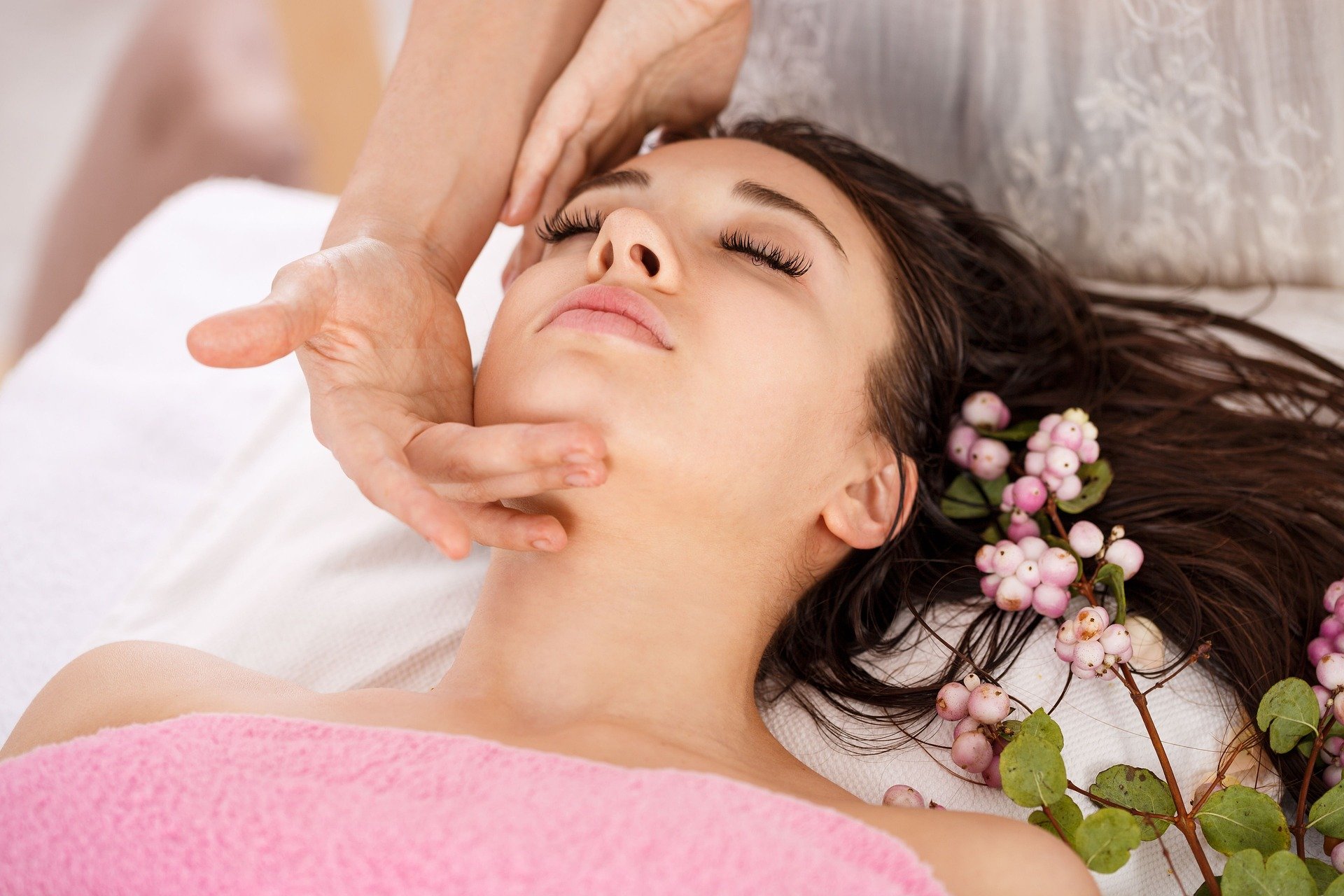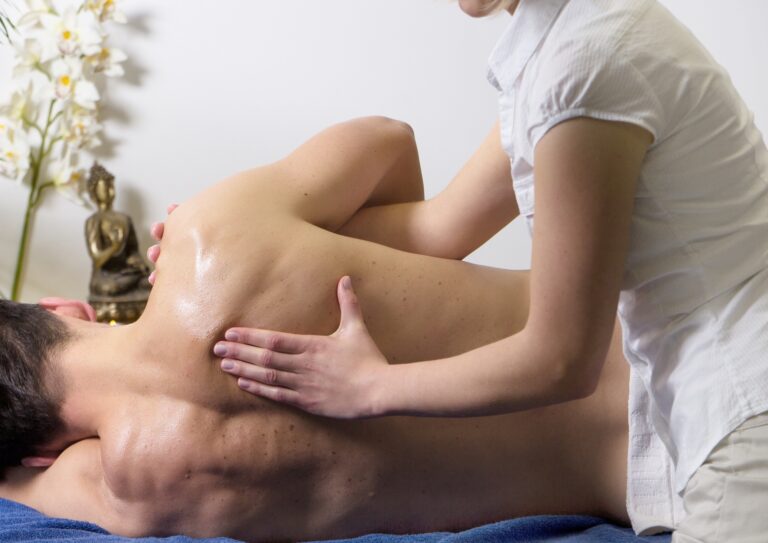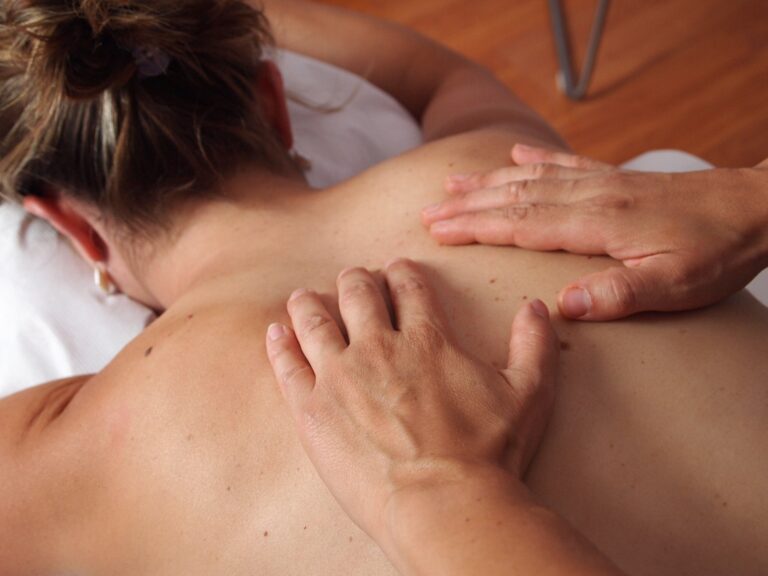Top 5 Massage Myths Busted: What You Need to Know Before Your Next Appointment
Massage therapy is a popular wellness tool, but plenty of myths persist about what it can (and can’t) do. Many people avoid or misunderstand massage due to common misconceptions, such as the belief that massage is purely for relaxation or that deeper pressure is always better. Here, we’ll debunk the top five massage myths so you can approach your next appointment with confidence and clarity.
1. Myth: Massage Is Only for Relaxation
While relaxation is a fantastic benefit of massage, it’s only the beginning. Massage therapy has a range of applications, from pain relief and injury rehabilitation to mental health support and chronic condition management. For example, massage can:
- Improve circulation and muscle recovery for athletes.
- Reduce chronic pain in conditions like arthritis and fibromyalgia.
- Lower stress hormones and improve sleep quality.
- Help manage symptoms of anxiety, depression, and PTSD.
Massage therapy can be tailored to meet specific goals, whether it’s to alleviate back pain, relieve tension headaches, or even improve posture. Many people incorporate massage as a regular part of their healthcare routine, not just as an occasional treat.
2. Myth: Deeper Pressure Is Always Better
The belief that “no pain, no gain” applies to massage is widespread but not true. Deeper isn’t always better, and using excessive pressure can sometimes do more harm than good. The right amount of pressure varies based on the person’s needs, body type, and the area being massaged. While deep tissue massage is beneficial for certain types of muscle tension and injury, gentler techniques like Swedish or lymphatic drainage are better suited for relaxation, stress relief, and reducing inflammation.
A skilled massage therapist will adjust the pressure according to your comfort level and desired outcome. If you prefer a lighter touch, don’t hesitate to let your therapist know. Effective massage is about finding the right balance—not enduring discomfort.
3. Myth: Massage Has to Be Painful to Be Effective
This misconception may come from the assumption that releasing “knots” in muscles should hurt, but pain is not a requirement for results. In fact, painful massage can cause muscle guarding, where the body tenses up to protect itself, which is counterproductive to relaxation and healing. Massage should be therapeutic and enjoyable, not something you endure.
Some areas, like trigger points, may feel tender, but a well-trained therapist will work within your pain threshold, using techniques to gradually release tension without causing undue discomfort. If you feel pain, it’s essential to speak up so your therapist can adjust accordingly.
4. Myth: Massage Is Only for Adults
Massage therapy is beneficial for people of all ages, from infants to seniors. Pediatric massage, for example, is used to soothe colicky babies, improve sleep, and support premature infants. For teenagers, massage can help with sports injuries, stress management, and even posture correction.
Older adults, too, can benefit from massage therapy to relieve arthritis pain, improve joint mobility, and enhance circulation. Some massage therapists specialize in geriatric massage, which uses gentle techniques tailored to the unique needs of aging bodies. Massage is versatile and adaptable, making it suitable for almost any stage of life.
5. Myth: Anyone Can Give a Good Massage
Professional massage therapy requires extensive training, certification, and a deep understanding of anatomy, physiology, and specific techniques. While a friend or partner may offer a relaxing rubdown, effective therapeutic massage is much more than just “rubbing muscles.” Certified massage therapists understand how to safely address pain points, tension patterns, and physical conditions while considering contraindications like injuries or medical conditions.
Licensed therapists use tailored techniques to address your specific needs, from deep tissue to sports massage, ensuring both safety and effectiveness. To get the full benefits of massage, it’s best to see a licensed professional who has the expertise to provide a safe, customized treatment.
Busting These Myths: What It Means for You
Understanding these myths can help you approach massage with realistic expectations and confidence. Whether you’re looking to relax, manage pain, or improve athletic performance, massage therapy offers a range of benefits beyond relaxation alone. Remember that effective massage doesn’t need to be deep or painful, and that it can provide lasting results at any age.
So, the next time you book a massage, you can do so with the knowledge that it’s a powerful, science-backed tool for holistic wellness—far more than a luxury indulgence.
4o






